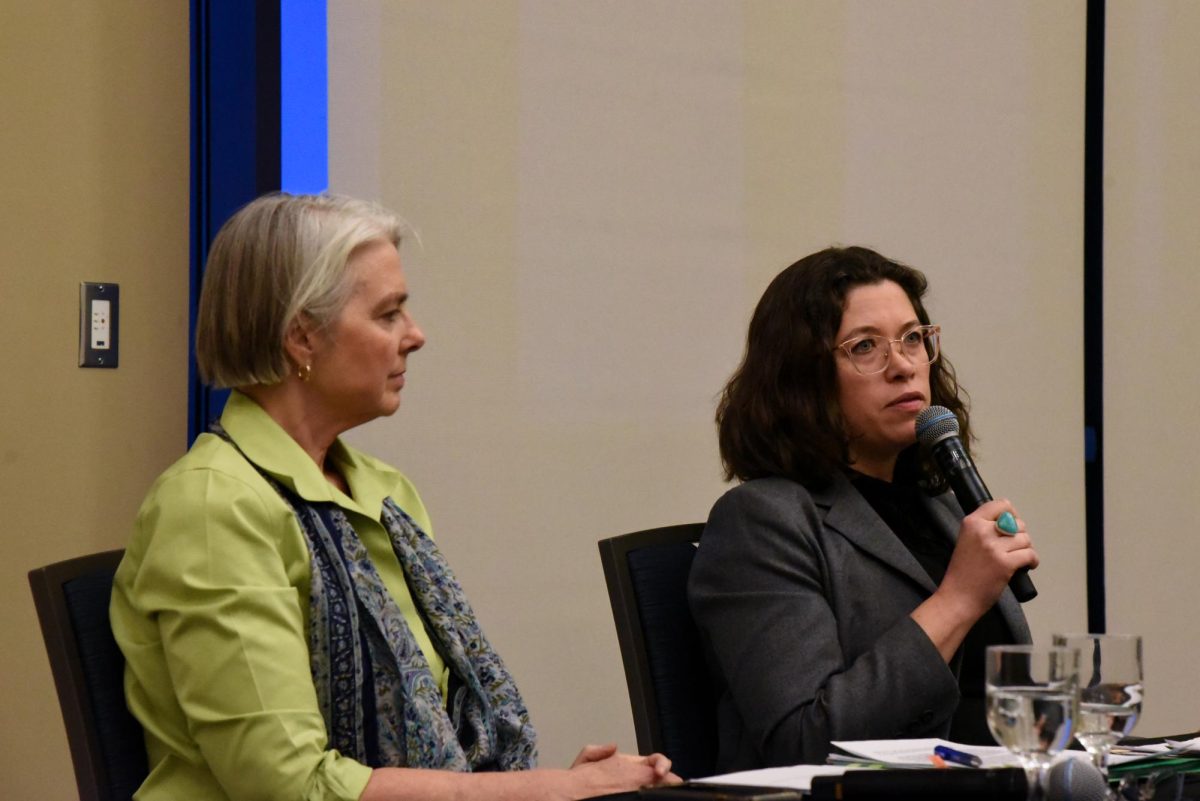Imagine a course where the secrets of people buried in a revolutionary era cemetery are discovered. Maybe summer classes can be exciting and challenging.Scott A. McLaughlin, archaeologist and history professor atthe University of Vermont, and his class spent the summer investigating and uncovering the secrets of the Jericho Center Cemetery, in Jericho, Vermont.The field project is called Gone But Not Forgotten – Jericho Center Cemetery. The course connected to it, Cemeteries as Social Documents, lasted five weeks during the summer, but many UVM students stayed an extra two weeks to complete the project.The Jericho Center Cemetery is relatively small, with about 1,500 headstones that have dates as old as the late 1780s.The field project combines archaeology, history, geography,anthropology and sociology, McLaughlin said. McLaughlinand his students task was to provide a walking tour booklet for the cemetery.The book would include a thorough description of the headstones, basic family history of the buried individuals, and a detailed plot-map to show the locations of the burials. Each student worked on a portion of the booklet.Through their cemetery research, the students learned theproper way to perform headstone rubbing. “Some of the headstones are badly destroyed, so matching the index of names with the headstone was a tedious process,” McLaughlin said.The students also used metal probes and metal detectors touncover buried stones. Students discovered 20 different objectsfrom studying the grave sites. They also gained insight into the lives of the buried individuals.”There were different styles of epitaphs used throughout time.The epitaphs represent the individual’s beliefs and who theywere as a person,” McLaughlin said.Some of the headstones have certain symbols that were important to the person, such as a rose to symbolize a mother or a dove to symbolize eternal peace. “Detailed epitaphs helped to understand things they read or feelings and attitudes of theburied people,” McLaughlin said. The class learned about the different materials used in thecemetery. “The slate headstones are the oldest in the cemetery.They are beautifully carved and are easier to read,” he said.”Marble was most prevalent up through the 1890s.”The walking tour booklet will be completed by mid-January.McLaughlin hopes the project will benefit the community. “Thenext time you drive by a cemetery, stop, and take a walkthrough history,” McLaughlin said.












